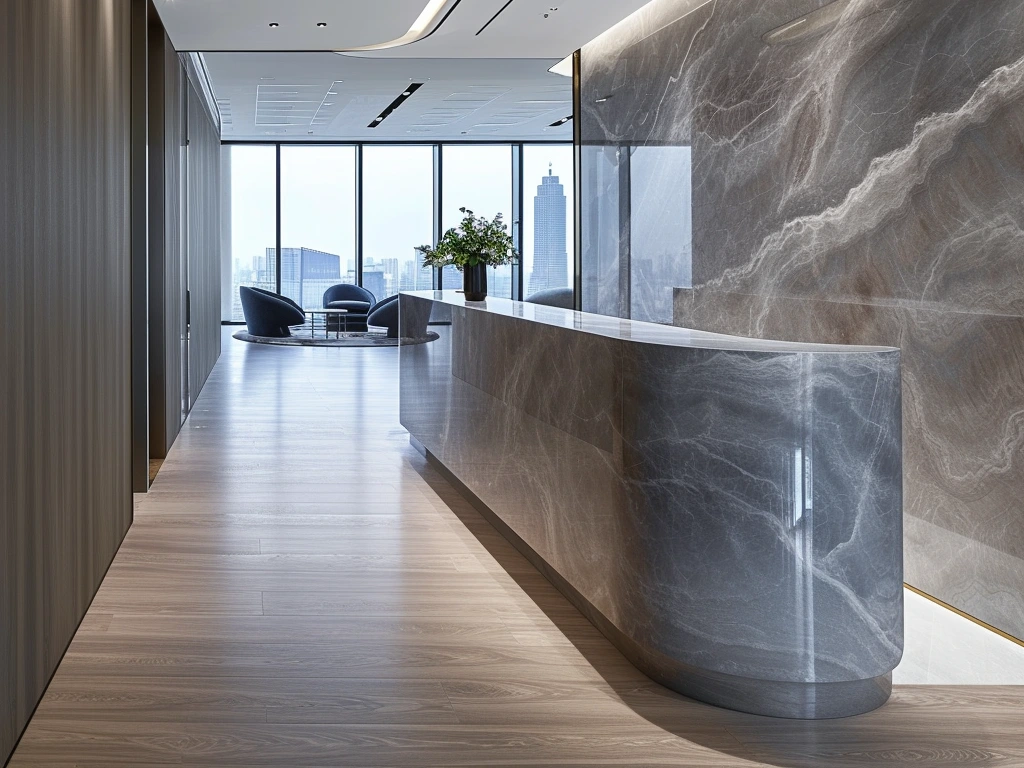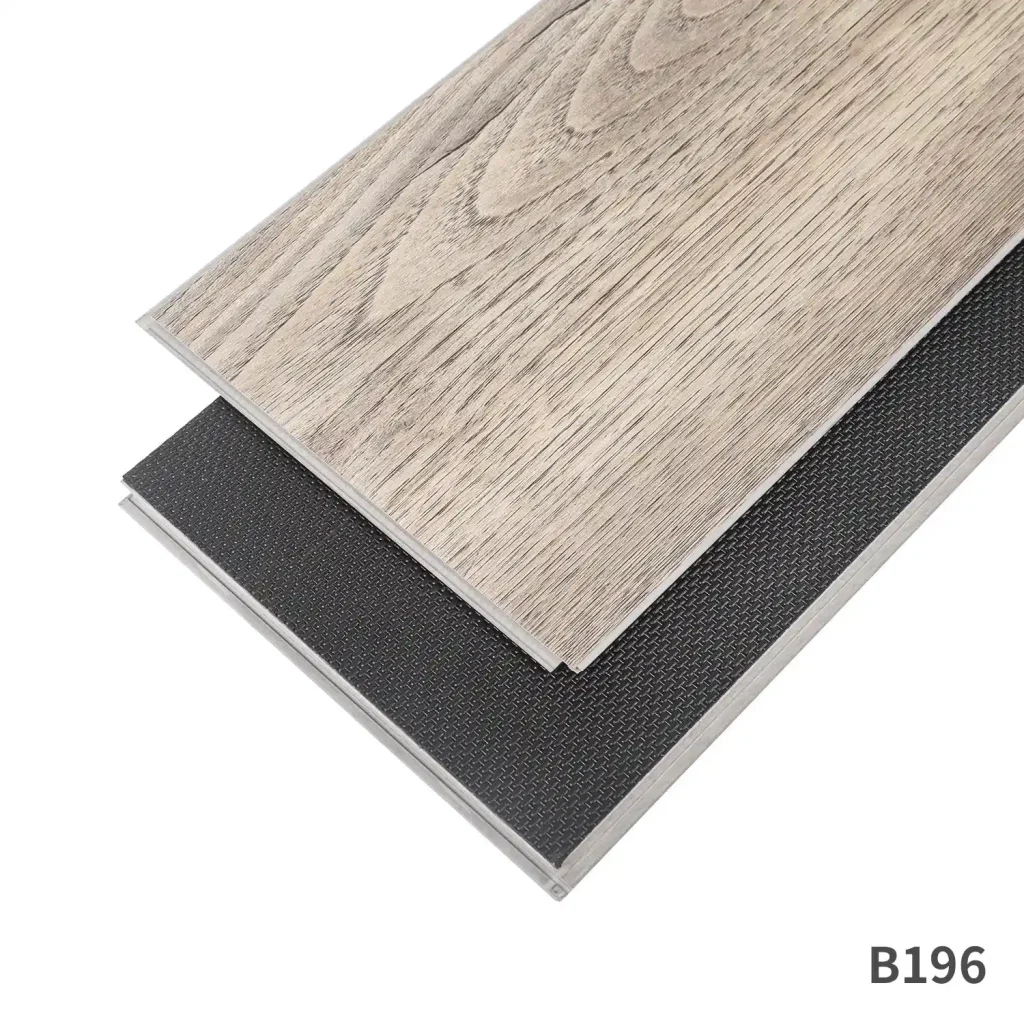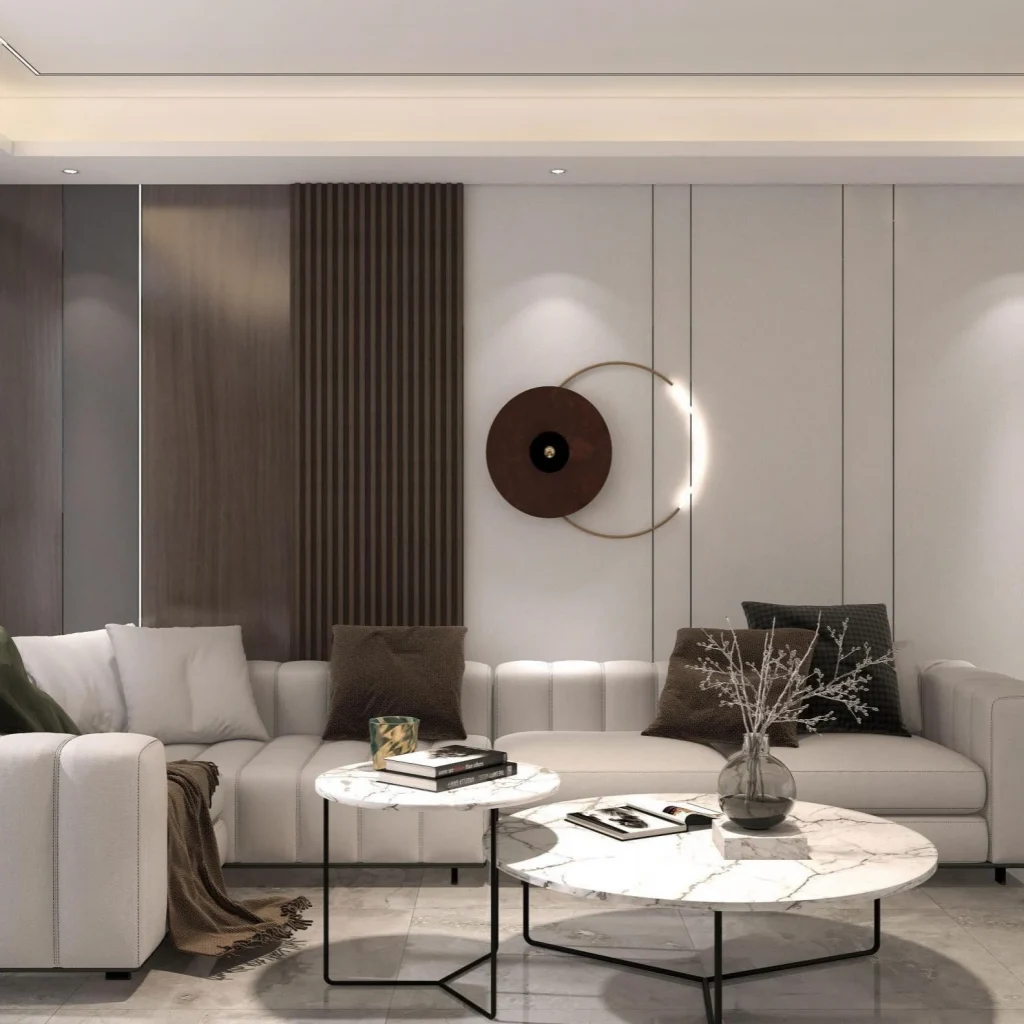Understanding WPC Wall Panels
WPC, or Wood Plastic Composite, wall panels have emerged as a popular choice in interior design, offering a blend of aesthetics and functionality. These panels are engineered by combining wood fibers with thermoplastics, resulting in a material that mimics the appearance of natural wood while providing enhanced durability and versatility.
Composition and Characteristics of WPC
The way WPC wall panels are built impacts their functionality and aesthetic appeal, in a room. Typically made with wood flour ranging between 80 to 120 mesh size these panels commonly include sandalwood powder which contributes to their surface quality and enhances their attractiveness. Unlike alternatives that often feature husk powder the addition of sandalwood powder gives off a subtle woody fragrance when the panels are burned.
The blend is enhanced with calcium in addition to wood flour to enhance its eco friendliness and durability. It also incorporates calcium zinc stabilizers for longevity in various environmental settings. Consideration for conditions is shown through the incorporation of yellow inorganic pigments, for consistent and vibrant coloration while upholding safety standards.
Polyethylene wax and PE wax are commonly utilized for lubrication purposes to improve processing efficiency and elevate the surface finish of the panels while sodium bicarbonate serves as a foaming agent to assist in achieving the required density and structure.
Advantages of Using WPC Wall Panels
When you look at WPC wall panels in comparison to materials such as wood or concrete walls you’ll see that they come with advantages. They are great at keeping moisture at bay which is ideal for places as it stops them from warping or decaying. These panels are built to last. Can handle daily wear and tear without losing their appealing look making them a reliable option, for any area.
The eco-friendly aspects of WPC materials are highly beneficial as they are made from materials and manufactured using sustainable methods that greatly reduce the environmental footprint. Furthermore their fire resistance adds a layer of safety, in various settings.
Additionally, WPC wall panels are easy to take care of and keep tidy with the effort needed to maintain their original look. They are flexible enough to complement design styles such, as contemporary simplicity and traditional sophistication.
Applications of WPC in Interior Design
The adaptability of WPC wall panels allows for their application, in interior design settings that accommodate both homes and businesses equally well.
Residential Spaces
The WPC wall panels are flexible. Can be used in various spaces such as living rooms and bedrooms as well as kitchens and bathrooms because of their effective moisture resistance capabilities. They are particularly useful in kitchens and bathrooms where exposure, to water’s frequent. In living spaces and bedrooms these panels can serve as walls. Be incorporated throughout the area to create a cohesive look that combines coziness with modern flair.
Homeowners appreciate the variety of finishes, with WPC wall panels. Whether it’s the natural wood textures or the contemporary sleek designs that seamlessly complement any interior decor and add a hint of sophistication.
Commercial Spaces
In business environments such as offices and hotels or retail and dining establishments WPC wall panels offer a combination of both style and practicality that is highly appreciated. They create an atmosphere, in offices that enhances employee productivity and ensures an impression is made on clients.
In hotels and eateries and various spots where individuals come together for socializing or hospitality reasons WPC cladding boards serve a function by creating inviting vibes that highlight the character of the venue. Their durability enables them to withstand volumes of pedestrian activity while preserving their charm.
Retail environments gain advantages from the characteristics of WPC wall panels allowing for customization to meet distinct branding requirements while offering reliable durability, against everyday use.
Installation and Maintenance of WPC Wall Panels
Ensuring installation and upkeep of WPC wall panels is crucial for their longevity and optimal performance, in various settings.
Installation Process
Installing WPC wall panels is a process that requires careful attention to detail, for optimal results.It’s important to acclimate the panels to the room temperature before installation to prevent any expansion or contraction issues post installation.
Making sure the surface is smooth is key, for adhesion so be sure to address any bumps or flaws before putting up the panels. Deciding on whether to use bonding or mechanical fastening methods depends on how you want it done and the structural requirements – both options allow you to securely attach the panels without any hardware that might detract from the overall appearance.
Maintenance Tips for Longevity
To maintain the quality of your WPC wall panels for some time; Regularly dust them with a cloth to avoid any accumulation that could dull their sheen and occasionally clean them with a gentle soap solution to address stubborn stains without causing damage, to the surface finish.
Make sure to wash with composite material-specific cleaning products on your surfaces to avoid destroying them with any harsh chemicals in other household cleansers and retain their appearances for a long time without fear of scratches or discoloration of colors.
Comparing WPC Wall Panels with Other Materials
In comparison to materials, it is important to judge WPC wall panels on their special characteristics and advantages.WPC is different from wood panels in that its strength comes from the integration of wood fibers and thermoplastics in its composition.This not only retains the natural attractiveness of wood but also brings increased durability, against moisture and other external influences.
Differences Between WPC and Traditional Wood Panels
Wood panels commonly used in interior decoration may warp and be infested by termites after some time. WPC wall panels are specifically manufactured to counter these situations in regions that are subject to high humidity and temperature variation. In contrast, sandalwood powder is utilized to ensure a smooth touch as well as even tone compared to the conventional wooden products.
Also adding calcium and calcium zinc stabilizers to WPC panels renders them extremely durable and long-lasting as opposed to wood that needs to be treated and maintained for maintenance purposes yet still retains its beauty, functionality, and attractiveness over time; WPC panels, on the other hand, have minimal maintenance requirements for consistent performance levels over the long-term benefits, including environmentally friendly production processes that emphasize sustainability through the use of recycled materials—an element not typically found in traditional wood panel production processes.
Choosing the Right Supplier for WPC Wall Panels
Select the right supplier plays a role in ensuring the quality and efficiency of WPC wall panels, for interior design projects.A reputable supplier will deliver high quality products that meet industry standards and also provide customer service.
Introduction to Latitude Company
Latitude Company stands out as a prominent supplier of WPC wall panels, known for its commitment to quality and innovation. With years of experience in the industry, Latitude has developed a reputation for delivering durable and aesthetically pleasing products that cater to diverse design needs.
Latitude’s expertise lies in blending technology with ecological practices to produce WPC wall panels that are environmentally friendly and highly functional.They differentiate themselves from companies by emphasizing high quality materials, like sandalwood powder and light calcium instead of the less refined alternatives utilized by their rivals.
ODM/OEM Service from Latitude
Latitude provides a ODM/OEM service that allows customers to tailor WPC wall panels to suit their design requirements—a valuable offering, for architects and interior designers seeking unique solutions that align with their creative vision.
Latitude offers a range of customization choices, with finishes and colors to match various aesthetic tastes. Whether you prefer a sleek modern style or a cozy rustic vibe! Clients can collaborate with the Latitude’s team to bring their vision to life.
Latitude also guides the selection process to assist customers in choosing the products for their projects according to environmental considerations and specific needs. This personalized approach not only enhances customer satisfaction but also facilitates successful interior design implementations in which WPC wall panels play a crucial role.
In conclusion of the conversation about integrating WPC wall panels into design endeavors; it’s crucial to acknowledge their advantages over materials. Opt for a supplier like Latitude Company for access to high quality products accompanied by expert guidance and customization options. Factors, for achieving outstanding results in any renovation project.
FAQ
Q: Is WPC good for the interior?
A: In design projects and outdoor applications alike for furniture making or wall cladding and decking purposes—whether indoors or outdoors— WPC boards are a popular choice owing to their durability and eco friendly features that provide a modern and chic alternative, to conventional wood materials.
Q: Can WPC be used on walls?
A: WPC is recognized for its durability and ability to withstand various weather conditions effectively making it a great choice, for beautifying your exterior walls with claddings that not only protect against dirt and moisture but also elevate the aesthetic appeal of your home.










